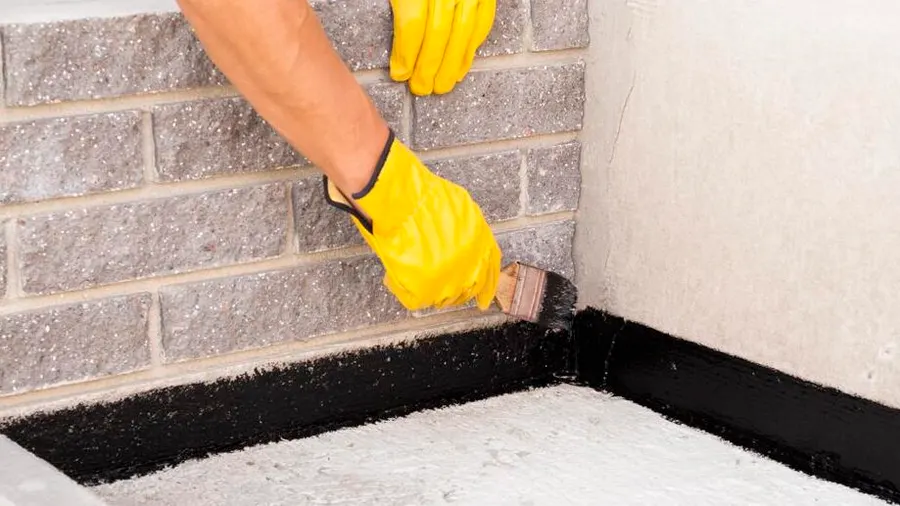Waterproofing your basement in Columbia SC is essential to prevent water damage, which can lead to costly repairs and reduce the structural integrity of your home. Water ingress in the basement can result from various sources such as heavy rainfall, melting snow, and high groundwater levels. Waterproofing helps to keep your basement dry and protects your home from mold, mildew, and other moisture-related issues. It also adds value to your property by ensuring that the lower level of your home remains usable and free from water damage.
Assessing Your Basement for Water Issues
The first step in basement waterproofing is to assess the current water issues. This involves checking for signs of moisture, such as water stains, peeling paint, efflorescence, and mold growth. Homeowners should also look for cracks in the walls and floors, as these can be entry points for water. It’s important to determine the source of water, whether it’s coming from outside, due to poor drainage, or if it’s a result of condensation inside the basement. Identifying the source is crucial for choosing the appropriate waterproofing method.
Exterior Waterproofing Methods
Exterior waterproofing is one of the most effective ways to prevent water from entering your basement. This method typically involves excavating the soil around your home’s foundation, applying a waterproof coating to the exterior walls, and installing drainage systems such as a French drain or a sump pump. These measures help to redirect water away from your foundation, preventing it from seeping into your basement. Although exterior waterproofing can be costly and labor-intensive, it provides a long-term solution to basement water issues.
Interior Waterproofing Techniques
Interior waterproofing is an alternative or an addition to exterior methods, often used when external waterproofing is not possible. This approach includes sealing cracks and holes in the basement walls and floor, using water-resistant paint, and installing internal drainage systems. Sump pumps can also be incorporated to pump out water that accumulates inside. While interior waterproofing can be less invasive and more cost-effective, it might not solve the underlying problem of water entering from the outside.
The Role of Drainage Systems in Waterproofing
Proper drainage is key to effective basement waterproofing. Without adequate drainage, water can accumulate around the foundation and create pressure that leads to leaks. Installing a proper drainage system involves placing pipes around the perimeter of the foundation or under the basement floor to collect and redirect water away from your home. This system often leads to a sump pit where a sump pump will expel the water away from the property, ensuring that the basement remains dry.
Choosing the Right Waterproofing Materials
Selecting the right waterproofing materials is crucial for ensuring the effectiveness and longevity of your waterproofing efforts. Materials such as rubber membranes, bentonite clay, and liquid waterproof coatings are commonly used. Each material has specific properties that make it suitable for different types of waterproofing. For instance, rubber membranes are excellent for external waterproofing, while bentonite clay can absorb water and expand to seal cracks and voids.
Maintenance Tips for Waterproofed Basements
Regular maintenance is necessary to keep your waterproofed basement in good condition. This includes checking and cleaning gutters and downspouts, inspecting the drainage system, and testing sump pumps to ensure they are operational. Homeowners should also look for any new signs of moisture or damage and address them promptly to prevent further issues.
Impact of Climate on Waterproofing Choices
The local climate can significantly impact the type of waterproofing methods that will be most effective for your basement. In areas with heavy rainfall or high water tables, more robust exterior waterproofing and efficient drainage systems may be required. Conversely, in dryer climates, simple interior waterproofing measures might be sufficient. Understanding the environmental conditions of your area can guide you in choosing the most suitable waterproofing strategy.
DIY vs. Professional Waterproofing
While some waterproofing tasks can be handled by a knowledgeable homeowner, such as applying sealant, more complex projects like installing a French drain system are usually better handled by professionals. Professionals can ensure that the waterproofing is done correctly and efficiently, reducing the risk of errors that could lead to significant water damage in the future.
Basement waterproofing is a critical aspect of home maintenance that protects against water damage and enhances the usability of your basement space. By understanding the different methods and materials available for waterproofing and recognizing the importance of proper installation and maintenance, homeowners can ensure their basement remains dry and functional. Whether opting for professional services or taking on some tasks independently, the key is to address water issues proactively, ensuring your home remains safe, dry, and valuable.







Leave a Reply